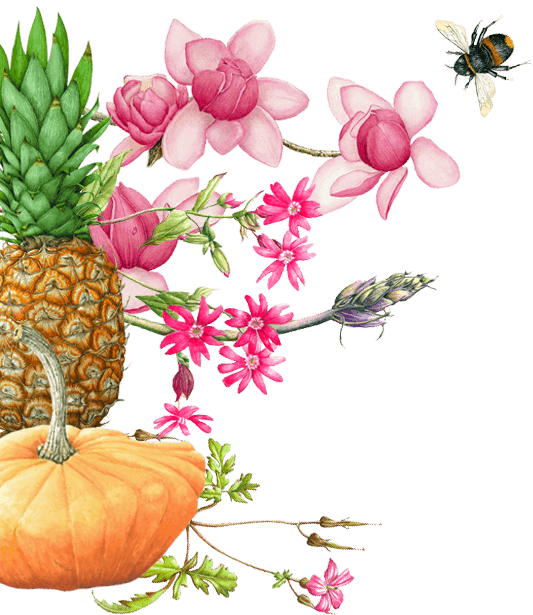A Pre-Incan Relic to Satisfy Your Taste Buds! Tubers and Taramasalata
- 19th Jan 2017
Mashua - Tropaeolum tuberosum – commonly known as tuberous nasturtium, is a root crop that originates from the Andes Mountains of South America, specifically in the Titicaca basin of Peru and Bolivia.
Mashua is a member of the nasturtium family with long twining stems on which three to five lobed leaves form and commonly grows up to at least 8 and possibly up to 12 feet tall if given something to climb. In the autumn mashua produce attractive trumpet-shaped red/orange flowers and are fast growing in cool, wet weather. Evidence exists of ancient use of mashua, as far back as 8000 years ago, with introduction to Europe circa 1827.
The Lost Gardens of Heligan have been growing this unusual root as a small demonstration crop for almost 20 years; nodding to our Victorian predecessors and their intrigue for oddities in the garden.
All parts of the plant can be eaten raw or cooked; with the underground tubers the most frequently consumed part. The raw flavour of mashua is likened to a strong radish, which packs a warm punch. It tends to be more common to eat mashua cooked which produces a result similar to turnip, which is favoured by and easier on the western palate. The flowers have large nectaries and are sweet with a bit of aniseed flavour and its leaves are delicious as a spicy salad green leaf.
The tubers can reach up to 4 inches long and have a shiny, waxy skin that cleans easily and it is these that Guy will be using in his taramasalata, mashua, smoked mackerel and parsley canapé, for the exclusive Relais & Chateaux night in London this week. He will also be using this wonderful crop back down in Cornwall at the Idle Rocks in coming weeks.
Mashua have many health benefits one of which is its high levels of vitamin C found in the tubers and depending on variety, these can have twice as much as an orange. It has yet to find a niche in global markets, although it has recently been projected as a new ‘superfood’.



